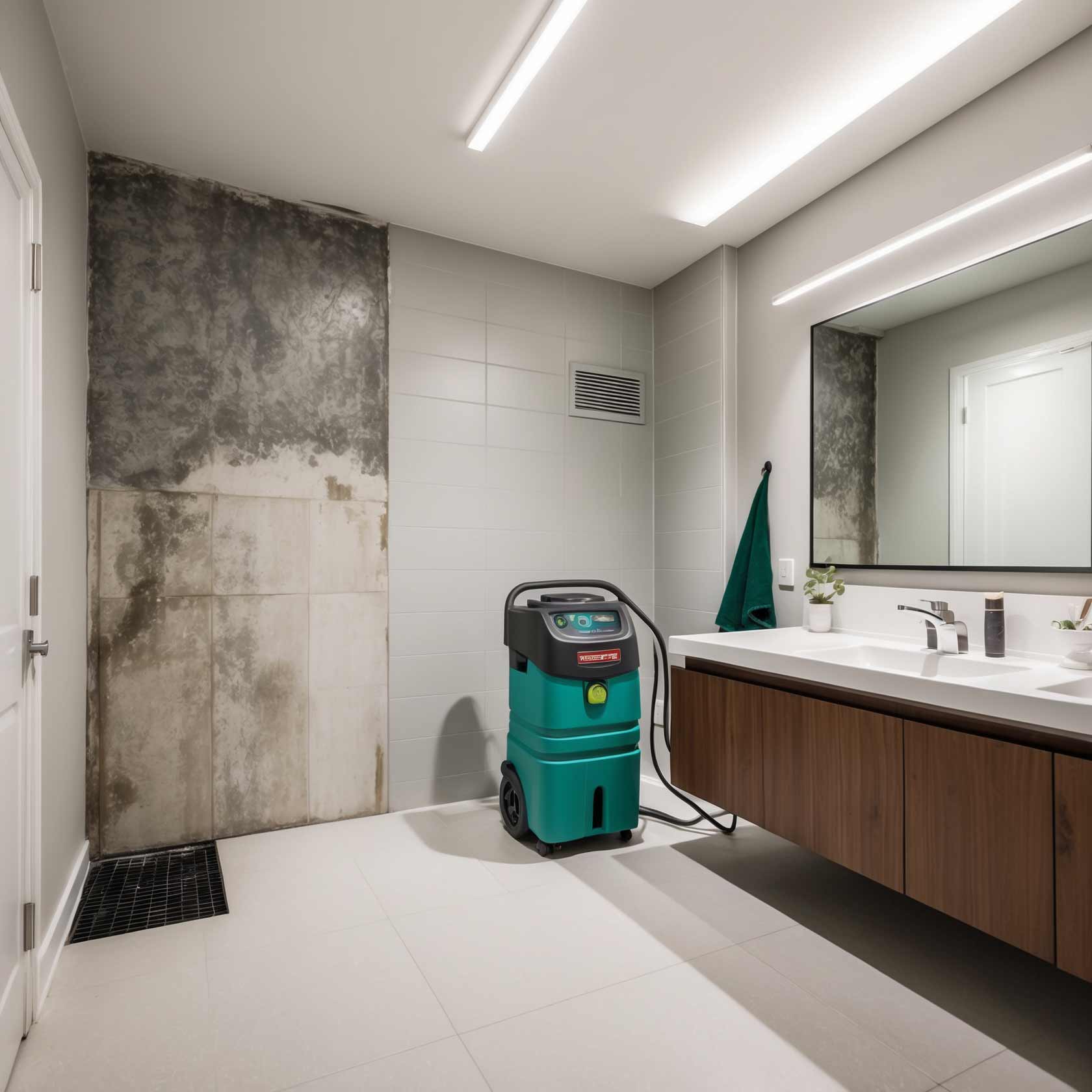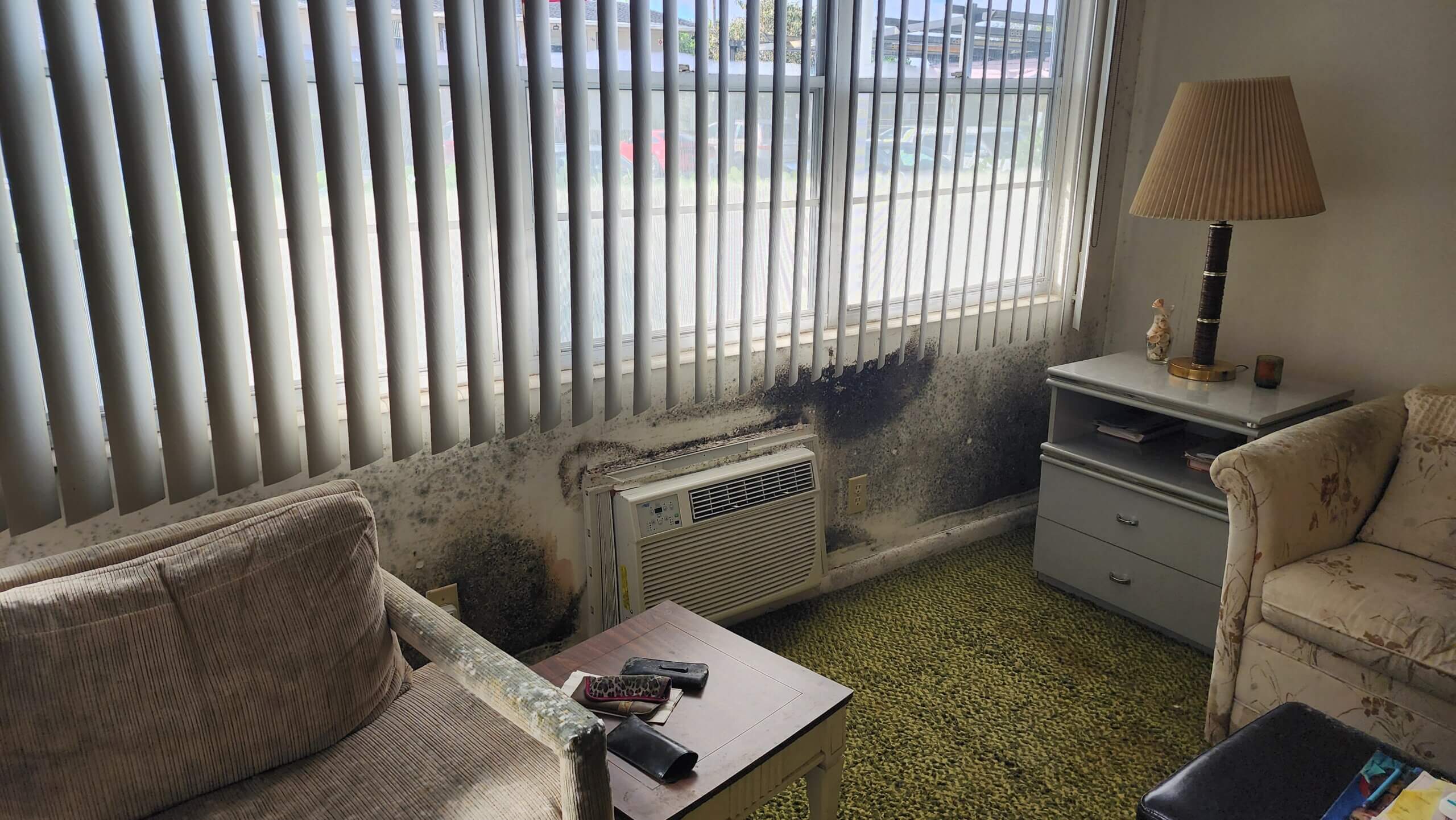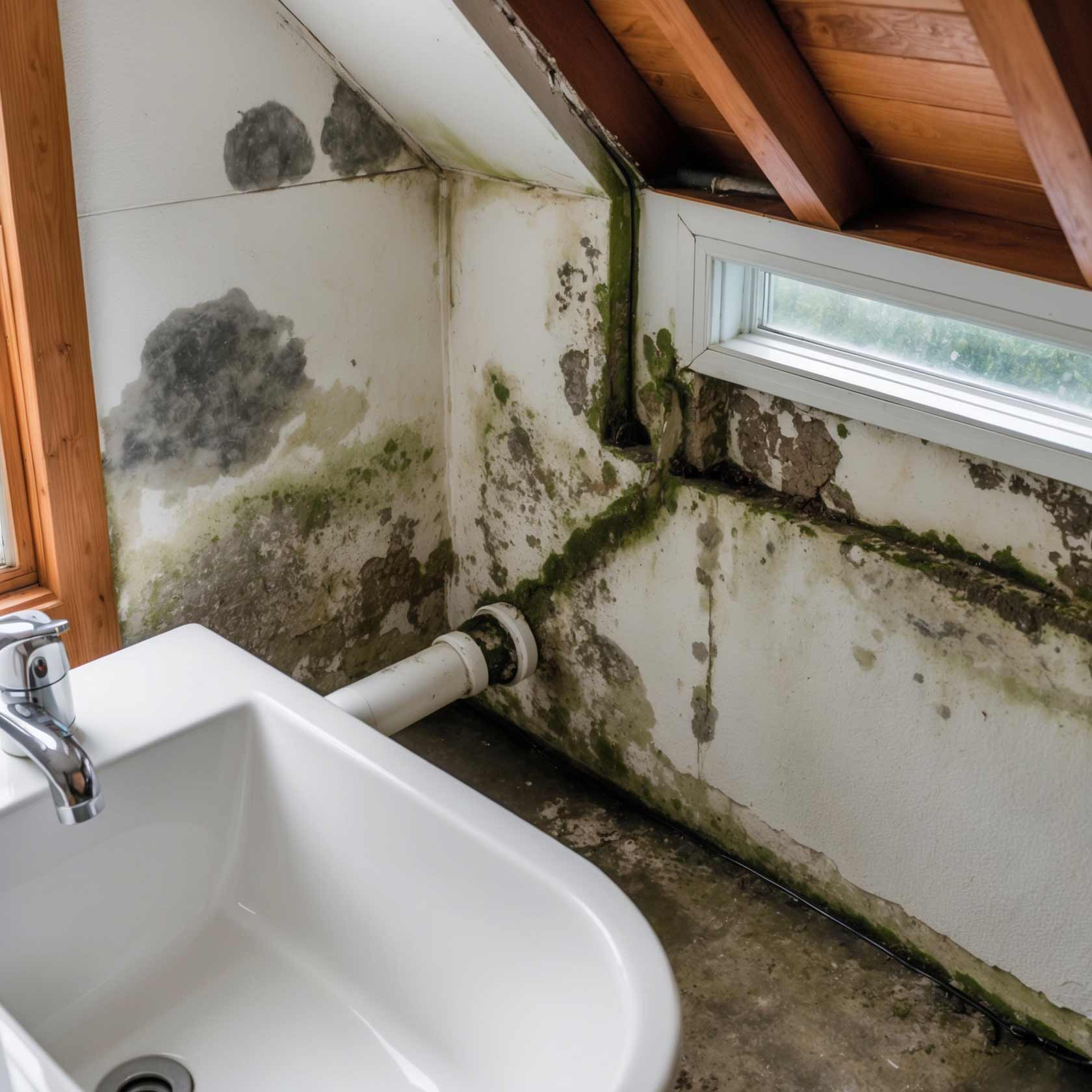Achieving a Mold-Free Home: Is It Possible to Completely Clear Your House of Mold?
Mold can be an unwelcome guest in any home. It’s sneaky, it’s persistent, and if left unchecked, it can cause serious health issues as well as damage to your property. But what if I told you that achieving a mold-free home might not just be a pipe dream? Let's dive deep into Achieving a Mold-Free Home: Is It Possible to Completely Clear Your House of Mold?
Understanding Mold and Its Impact on Health
What is Mold?
Mold is a type of fungus that thrives in damp environments. You’ll find it almost everywhere outdoors, but indoors, it can become a nuisance. When mold spores land on moist surfaces, they can quickly multiply.
Why Should We Worry About Mold?
Mold isn’t just unsightly; it can also pose various health risks. From respiratory issues to allergic reactions, the effects can range from mild to severe. People with compromised immune systems or chronic respiratory conditions are especially at risk.
Common Types of Indoor Molds
Here are some common types of mold you might encounter in your home:

- Aspergillus: Found in soil and decaying vegetation.
- Penicillium: Known for its blue-green color and often found on spoiled food.
- Stachybotrys chartarum (black mold): A notorious troublemaker linked to severe health problems.
Achieving a Mold-Free Home: Is It Possible to Completely Clear Your House of Mold?
The idea of completely clearing your home of mold might sound daunting, but with the right approach and consistent efforts, you may achieve significant reductions in mold levels.
The Myth of Total Elimination
First off, it's crucial to understand that while complete eradication may not be feasible—after all, mold spores are everywhere—keeping these spores at bay is entirely possible!
The Role of Prevention
Preventing mold growth is far easier than dealing with an outbreak once it occurs. Keeping humidity levels low (ideally below 60%), ensuring proper ventilation, and promptly addressing leaks or spills will help keep your space mold-free.
The Science Behind Mold Growth
How Does Mold Grow?
Mold needs three things to thrive: moisture, organic material (like wood or drywall), and warmth. If you've got those factors combined within your walls or under your sinks, you're inviting mold over for tea!

Conditions Favoring Mold Growth
Certain areas in your home are more susceptible to mold growth:
- Bathrooms
- Basements
- Kitchens
- Around windows
- Under sinks
Identifying Signs of Mold Presence
Visual Signs
Don’t ignore discolored spots on walls or ceilings! Typically appearing as black, green, or white patches, these are sure signs that you’ve got some unwanted houseguests.
Odor Detection
Sometimes you might smell something musty before noticing visual signs. If your home has an odd odor that lingers despite cleaning efforts, investigate further!
How to Conduct a Thorough Inspection for Mold
DIY Inspection Tips
You don't need to hire a professional every time; here’s how to do it yourself:
When to Call in Professionals
If the job seems too big or the problem persists despite your best efforts, don’t hesitate—call a certified mold inspector! They have specialized tools and knowledge that could save you time and hassle.
Effective Mold Cleaning Strategies
DIY Cleaning Solutions
Want to tackle small infestations yourself? Here are some effective DIY methods:
Professional Cleaning Services
For severe cases or extensive infestations, calling professionals may be necessary:
- They use industrial-grade equipment.
- Have access to specialized cleaning solutions.
- Can ensure thorough remediation processes.
Preventive Measures for Long-Term Success
Humidity Control Techniques
Maintaining optimal humidity levels is critical in preventing future outbreaks:
Proper Ventilation Practices
Air circulation plays a huge role in keeping spaces dry:
- Open windows when weather permits!
- Install exhaust fans in kitchens and bathrooms.
Understanding Remediation Processes
What's Involved in Professional Remediation?
Professional remediation typically includes several steps:
Each step requires specific expertise and equipment.
Common Myths About Mold Removal
“Bleach Kills All Molds”
Think bleach is the miracle cure? Think again! While bleach can kill surface mold on non-porous materials like tiles or glass—it's ineffective against porous materials like drywall since it can't penetrate deep into the material.
“If You Can't See It, It’s Not There”
Just because you don't see mold doesn’t mean it's not lurking behind walls or under floors! Regular inspections are vital even when everything appears clean.
Frequently Asked Questions (FAQs)
1. Can I completely get rid of mold?
While complete eradication isn't practical due to spores being everywhere naturally, effective cleaning strategies can significantly reduce its presence.
2. How do I know if my home has toxic mold?
Look out for visual signs such mold inspection services as black patches along with musty odors; professional testing is recommended for confirmation.

3. What should I do if I find mold?
Start by cleaning small areas using safe methods like vinegar solutions; if extensive growth is detected call professionals!
4. How often should I check my home for mold?
It’s wise to inspect regularly—especially after heavy rainfalls or floods—as moisture promotes growth.
5. Are air purifiers effective against mold?
Absolutely! HEPA filters can trap airborne spores helping reduce indoor levels significantly.
6. What about outdoor molds?
Outdoor molds primarily affect allergies but shouldn't be ignored indoors where they could lead back inside through open windows/doors!
Conclusion: Final Thoughts on Achieving a Mold-Free Home
Achieving a truly mold-free environment may feel like chasing shadows sometimes—but with diligence and preventative measures combined with effective cleaning strategies—you'll keep those pesky fungi at bay! So yes—it is possible to maintain low levels throughout your house while ensuring everyone breathes easy without worrying about hidden dangers lurking around every corner!
Stay vigilant friends! Your future self will thank you later when you're enjoying life without worrying about unwelcome guests invading your space!
By following this comprehensive guide on "Achieving a Mold-Free Home: Is It Possible to Completely Clear Your House of Mold?", you'll be well-equipped with knowledge about prevention techniques as well as effective cleaning strategies—ensuring both peace of mind and health benefits alike!